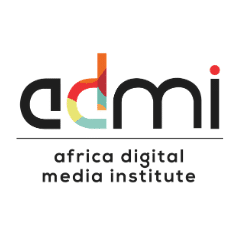Artificial intelligence or AI has made its way into various industries and creative fields are no exception. AI is helping artists, designers, musicians, and other creatives in their work in interesting ways. Here are a few examples of how creatives can leverage AI in their work:

Image generation: AI models can generate new images from text descriptions or samples. This can help designers explore new ideas and creatives get inspired. For example, the AI system called This Person Does Not Exist can generate hyper-realistic human face images. Creators can use these AI-generated images as a starting point and build on them.
Music composition: AI tools can now compose music in different styles. Musicians can use these AI- composed snippets to create new compositions or get ideas for melodies and rhythms. For example, the AI system Aiva can compose emotional soundtracks in different genres like pop, jazz, and rock.
Graphic design: AI models can suggest color palettes, fonts, and other elements of graphic design. Designers can use these suggestions to develop their designs or choose options that they like. For example, the AI system called The Grid provides different options for website layouts, color schemes, and typography based on the designer’s preferences.
Creatives can leverage AI as a source of inspiration, explore new ideas, and to speed up parts of their creative process. However, AI cannot fully replace human creatives as creativity requires emotions, experiences, and intuition that AI does not possess yet. AI should be seen as a tool to enhance human creativity rather than compete against it.
Adding to the previous points, here are a few more ways creatives can use AI in their work:
Automating repetitive tasks: AI can take over repetitive and mundane tasks like resizing images, editing photos, and more. This can save creatives a lot of time and effort so they can focus on more meaningful work. For example, the AI system called DALL·E can automatically generate image variations and edits based on a creator’s style.
Generating content at scale: AI models can generate a large volume of content like images, videos, articles, product descriptions, and more. Creatives can review the AI-generated content and select options they like to publish or use in their projects. For example, the AI system called Writesonic can generate hundreds of blog post drafts for a creator to choose from.
Enhancing existing work: AI can build on a creator’s existing work to generate more options or new variations. For example, an artist can use AI to generate new color palettes or patterns based on their existing artwork. A musician can use AI to compose new melodies inspired by their music. AI tools can take a creator’s work to the next level by enhancing and expanding on it in new ways.
Interactive and personalized experiences: AI enables new forms of interactive and personalized creative experiences. Things like personalized stories, generative art, and customized music playlists are some examples. As AI gets better at understanding people’s styles, tastes, and preferences, it can create tailored creative experiences for each individual.
Creatives today have access to a range of AI tools that can help them be more productive and creative. With AI, creatives can achieve more, explore new possibilities, and create more meaningful experiences for their audience. While AI cannot replace human creativity, it can certainly enhance it in exciting new ways. Creatives should experiment with different AI tools to find what works best for their needs and creative process.
ADMI works to fully realize your creativity and change the world. Ready to explore what we have? check out some of our courses.



